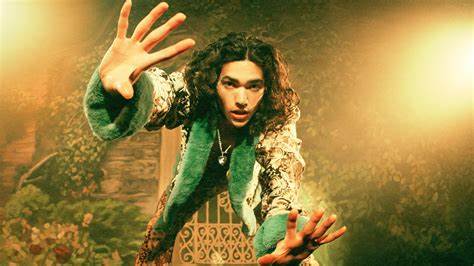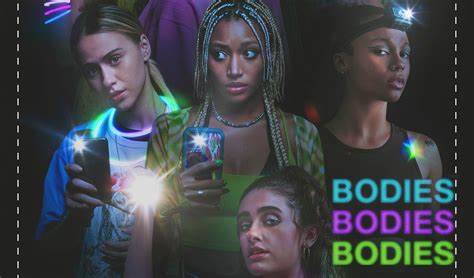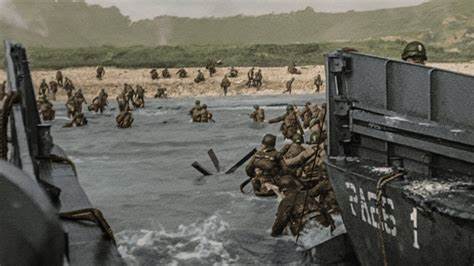Avatar: The Way of the Water- An Immersive Visual Effects Feat
After a 13-year long wait, the sequel to Avatar was released in mid-December of 2022. This 3-hour-long film, already making over $1.3 billion in box office, introduced viewers to the breathtaking aquatic world of Pandora.
The over a decade long wait was well justified, as only two shots contained no visual effects. Water had a major role in this film, and it took hundreds of hours for the teams and actors working on this sequel to truly capture its essence.
Writer and director, James Cameron, wanted to film his actors entirely in water to ensure realism. Scenes were filmed in a tank built to simulate waves and currents.
When first testing filming in this tank, a few problems surfaced. Overhead studio lights were compromising performance-capture data. Cameron was able to quickly resolve this issue, using a technique he came up with on the set of The Abyss. Small polymer balls were spread across the surface of the tank to diffuse the bright light and simulate a dark ocean depth. This still allowed actors to easily rise to the surface of the tank.
Although this was easily fixed, training actors to work underwater was a much longer process. All cast members worked to get their scuba certification and spent time training with a freediving instructor.
Actors were then capable of spending minutes at a time underwater without air; Kate Winslet now holds the cast freediving record of seven minutes and 14 seconds underwater.
Safety divers were consistently on set. Hot tubs were even made available for the cast in between takes in the cold-water tanks.
Mountains of performance-capture data were collected and handed to Weta FX, the visual effects company involved on the project. This was their biggest project yet, containing 3,240 visual effects shots, 2,225 of which involved water.
This company brought Pandora to life, creating 57 new species of underwater creatures and consulting with Victoria University of Wellington to accurately depict a coral reef flourishing with color and texture.
To make these water scenes photorealistic the effects team at Weta filmed hundreds of hours of reference footage. Eric Saindon, an effects supervisor at Weta, said, “The proper flow of waves on the ocean, waves interacting with characters, waves interacting with environments, the thin film of water that runs down the skin, the way hair behaves when it’s wet, the index of refraction of light underwater. We wanted to make it all physically accurate.” Saindon went on to say the hours of tedious work and attention to detail were dedicated to make the viewer, “…be swept away, and forget that we did anything.”
Despite capturing water’s exact behaviors being the leading contribution to the realness of this film, another small, but essential aspect of avoiding Uncanny valley in a visual effects heavy film is judder.
Uncanny valley is the idea that humanlike beings depicted imperfectly can cause a feeling of uneasiness and discomfort to observers. Judder is the blurring effect that makes backgrounds out of focus as a camera moves during filming.
The Way of the Water utilized 48 frames per second (fps), twice as much as the common 24 fps in most films. This quality of film almost eliminates judder and has a smoothing effect on screen. This level of quality does wonders for the viewer when exploring the world of Pandora, but 48 fps smooths out already non-human characters like the Na’vi and adds to their unhuman-like look. To add back judder into character interactions throughout the film the Avatar team used TrueCut Motion Software to achieve “motion grading”.
40 engineers took 15 years and millions of dollars to create this software that can toggle between any number of frames per second throughout a film to add to its photorealism. This software was even used in a remastered version of the first Avatar.
The wait for this sequel was surely worth it! Three more movies are expected to be included in the Avatar film franchise. Fortunately, it will not be another decade before the third film is released, as the filming of the next two movies were grouped with the sequel’s creation. What groundbreaking visual successes will we see next?








